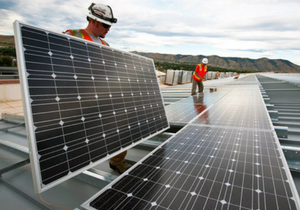Nov 13, 2017 at 1:00pm
To enable continued expansion of solar in California, we must accelerate the complementary adoption of energy storage, EV charging, demand response and load shifting that benefit the electric grid as a whole.
Imagine a world powered by the limitless, sparkling-clean energy of a fusion reactor in the sky. For decades visionaries, forward thinkers, and early adopters have touted the many benefits of deriving the energy we need from the sun’s infinite well; low-maintenance generators, GHG-free electricity, and reliability based on whether the sun will shine tomorrow make solar generation an excellent choice for the Golden State.
Through 2016, California has answered the call for clean solar power by installing nearly 600% more capacity than the runner-up state. That’s enough to power half a million homes! Hand-in-hand with wind, hydroelectric generation, and other carbon-free sources of power, solar is and will continue to be a vital part of our clean energy future.
The nation-leading adoption of solar over the last ten years is driving rapid change on the power grid. Californians, in particular, now enjoy a power mix rich with solar electrons during the daytime when the sun is brightest. However, the overall grid marketplace has not progressed as fast as the solar industry.
Day-by-day, as the sun sets and electricity from solar panels begins to wane, utilities are forced to meet the demands of their consumers by ramping up dispatchable (controllable) generators. In our state this means that natural gas-fired power plants must quickly come up to full operational rotation. In addition to hefty greenhouse gas emissions, this ramping period also places the grid-at-large under heavy strain. Historically, prices for grid power were highest in middle of the afternoon. But solar has changed that – peak prices now occur in the evening between 5 and 9pm.
Fortunately, there is a growing array of products and technologies that can be deployed along with solar to help mitigate the dramatic ramping stress the grid endures daily. Commercial and residential energy storage devices can charge when clean solar power is abundant, and discharge when the grid needs increased power the most. Electric vehicles can also charge when clean power is plentiful, and continue to add value as emission-free modes of transportation. Smart electrification in other areas of our homes, including electric clothes dryers and heat pump water heaters, can help the grid respond to demand events or shift electric loads away from heavy ramping times.
So that the solar industry can continue to thrive, our upcoming programs will be focused on these other areas of grid performance. Residential and commercial electricity consumers can consider any of the above technologies in addition to a new or existing solar installation. Renewable project developers can increase their bottom lines with the addition of energy storage. By combining any or all of these things with solar power, we can all improve our personal economics, the environment, and the grid resulting in a greater overall impact than if each were operating separately- a true 1+1=3 situation!
At SVCE, we are taking a leadership role by soliciting development bids for utility-scale solar and storage combinations. By contracting with these forward-thinking generators we’ll add dispatchability to intermittent solar electricity, as well as lessen our dependence on natural gas-fired generators, all the while reducing carbon on our grid.
We support the adoption of energy storage, EVs, demand response and load shifting to benefit the overall grid. These technologies are more cost-competitive than ever before. The happy coincidence is that in addition to helping secure the well-being of the grid, their rapid deployment will foster the continued growth of the thriving solar power industry, as well as create business and jobs across multiple growth sectors at the same time. There is no single solution that can solve the carbon crisis, and for this reason SVCE wholeheartedly endorses the concept of Solar+. What’s your +?



